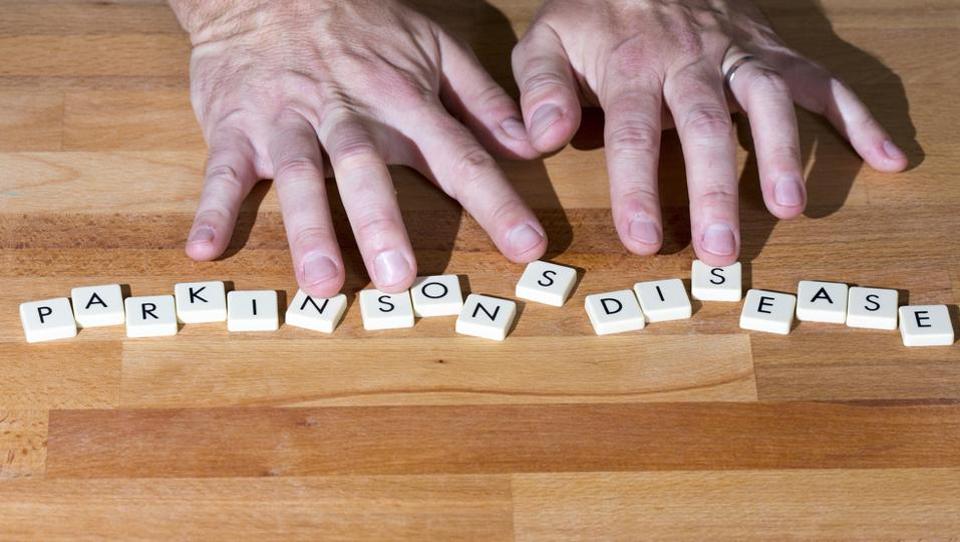
Scientists have developed a self-tuning brain implant that can help manage symptoms of Parkinson’s patients by delivering stimulation in real time, in response to neural signals. Deep brain stimulation has been used to treat Parkinson’s disease symptoms for 25 years, but limitations have led researchers to look for ways to improve the technique.
The first fully implanted DBS system that uses feedback from the brain itself to fine-tune its signalling. “The novel approach taken in this small-scale feasibility study may be an important first step in developing a more refined or personalised way for doctors to reduce the problems patients with Parkinson’s disease face every day,” said Nick B Langhals, programme director at the US National Institute of Neurological Disorders and Stroke (NINDS).
Deep brain stimulation is a method of managing Parkinson’s disease symptoms by surgically implanting an electrode, a thin wire, into the brain. Traditional deep brain stimulation delivers constant stimulation to a part of the brain called the basal ganglia to help treat the symptoms of Parkinson’s.
However, this approach can lead to unwanted side effects, requiring reprogramming by a trained clinician. The new method described in this study is adaptive, so that the stimulation delivered is responsive in real time to signals received from the patient’s brain.
“This is the first time a fully implanted device has been used for closed-loop, adaptive deep brain stimulation in human Parkinson’s disease patients,” said Philip Starr, professor at University of California, San Francisco in the US.
Signals from this electrode are then fed into a computer program embedded in the device, which determines whether to stimulate the brain. For this study the researchers taught the programme to recognise a pattern of brain activity associated with dyskinesia, or uncontrolled movements that are a side effect of deep brain stimulation in Parkinson’s disease, as a guide to tailor stimulation.
Doctors saw and patients noticed no differences in the improvement in movement under adaptive stimulation versus constant, open loop stimulation set manually by the researchers. Since adaptive deep brain stimulation did not continuously stimulate the brain, the system saved about 40% of the device’s battery energy used during traditional stimulation.
Many patients with Parkinson’s disease who would benefit from deep brain stimulation are difficult to treat because too much stimulation can cause dyskinesia. Thus, finding the correct level of stimulation is like trying to hit a constantly moving target. An adaptive system could offer an effective alternative and may also limit adverse effects of traditional deep brain stimulation, but considerable testing remains to be done, researchers said.
[“source=hindustantimes”]
